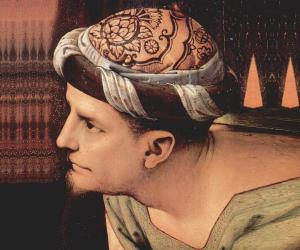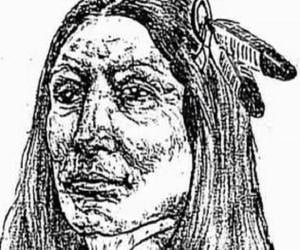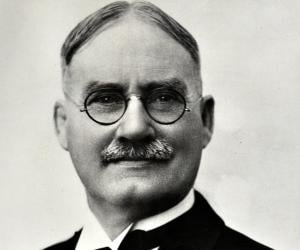Born In: Ramla, Israel
Joseph of Arimathea
Joseph of Arimathea is a biblical figure who is mentioned in all the four gospels of the New Testament, as the man who buried Jesus Christ after his crucifixion. Joseph probably belonged to the Sanhedrin. He asked Pontius Pilate for the permission to bring Jesus’s body down, bathed it with spices, rolled it up in cloth, and buried it in a cave, with the help of Nicodemus. Over the years, his story has been retold and has given rise to multiple legends. One of them states Joseph went to England with Jesus and established Christianity there. Another version states he carried the Holy Grail to England. Joseph is considered a saint by both the Eastern and the Western churches.
Born In: Ramla, Israel









